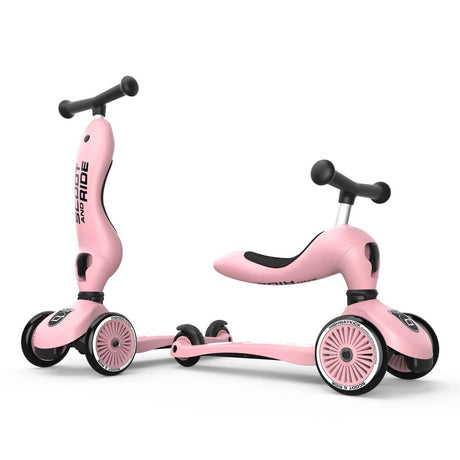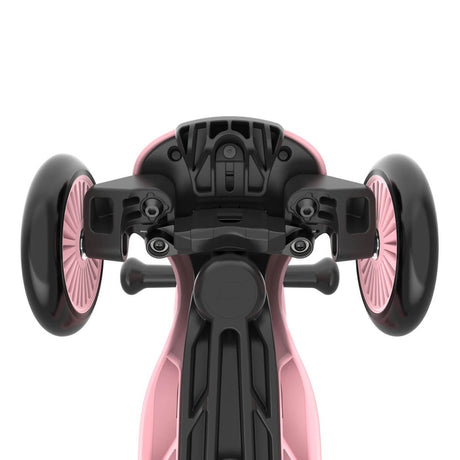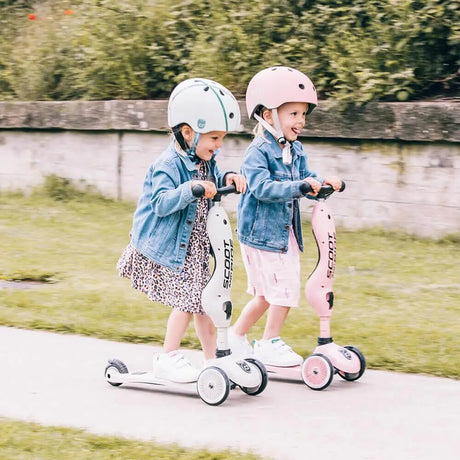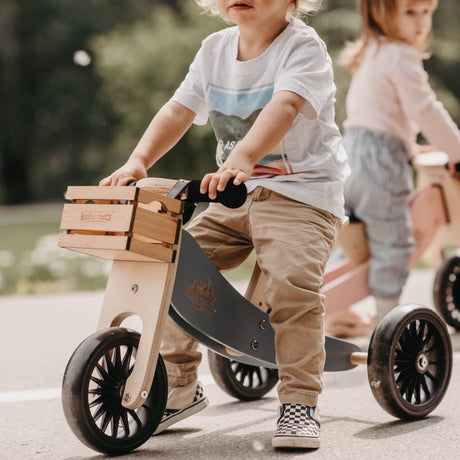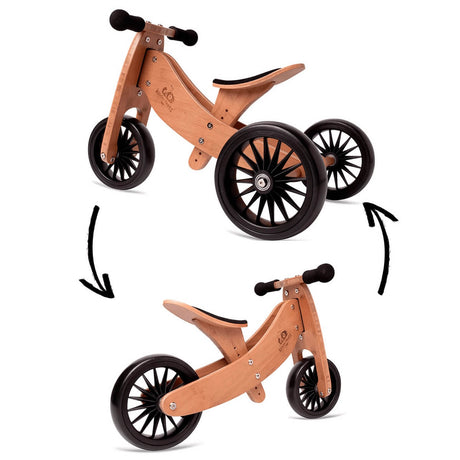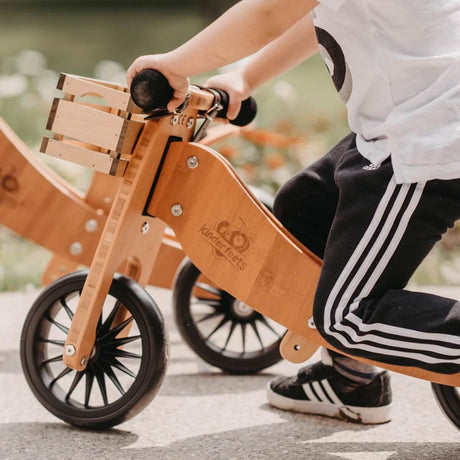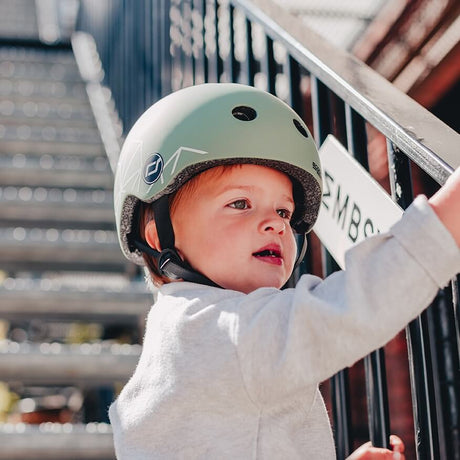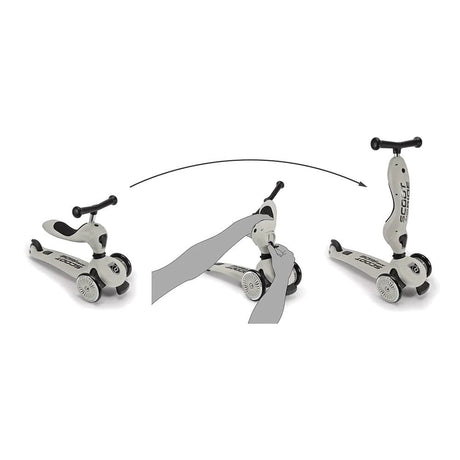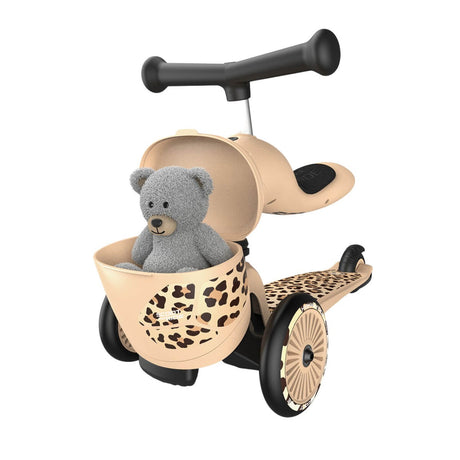When you think of muscles used for speech, what comes to mind? Probably the mouth, tongue and lips. But it actually takes a lot more muscle to create your child's first sounds and words.
The mouth, tongue and throat work together with your child's core muscles, diaphragm and lungs to produce babble and eventually those first sweet words. And as they learn to speak, their brains become active as they decide what to say, how to say it, and who to say it to.
When you think about everything that goes into a word, your baby's first chatters seem even more amazing! Their little bodies work so hard to coordinate all those muscles to speak. And every word that follows is another magnificent feat in their development!
Much like movement, language production is a skill they learn over time. You have to work on it to achieve optimal performance. And it takes time and dedication to improve.
The link between play, movement and language
A child's primary form of learning, especially in their early years, is through play. Your child's growth and development requires high-quality, open/free play time - unstructured, undirected.
While a child plays, he
- develops his muscles
- practices breathing control
- establishes important connections between the brain and body
When a child has the opportunity to play, it awakens their mind and body. The game helps them better understand where they are in space while strengthening their muscles.
Although it may not be obvious, movement is an important part of language development . This contributes to both receptive language skills, or understanding what words mean when people say them, and the actual verbalization of the words.
Have you ever noticed that your child becomes very talkative after you swing, twirl or jump with him a little? All of this movement increases their arousal level, helping them create more sounds, vocalizations, and even words.
Body movements and surface language don't seem to work together. But movement improves a child's gross motor skills, increases their body awareness, and strengthens their brain-body connection . In turn, each of these skills promotes language development.
You might be thinking, “I don’t see the connection.” » Let's delve deeper into each area to better understand how it contributes to language development.
Language and motor skills
We all remember the first sounds our baby made. Whether it was gaga , mama , or babababa , it was a special moment of connection between you and your baby.
Although it may seem strange, even these very first simple sounds require strong motor skills. Most babies begin babbling with recognizable, coherent sounds around 6 or 7 months of age . At this stage, many babies have developed the gross motor skills needed to roll and sit up. Their core muscles have practiced these large gross motor skills and are now strong enough to support the breathing control and lung capacity needed for speech.
And as they grow and learn to crawl and then walk, these core muscles continue to strengthen along with the muscles in their jaw and mouth. Around 12 months, all that hard work culminates with their first word.
Of course, the development doesn't stop there! Children learn to skip and group several words into sentences. They learn to climb and string together an entire sentence. They learn to jump and tell you a whole story.
Each activity or movement that promotes improved motor skills also develops muscles that enable more complex forms of language expression.
The link between body awareness and speech
One of the scariest parts of bringing a newborn home is always remembering to support their head. This brand new baby doesn't have the muscles or awareness to hold his head up and stay safe. These muscles develop with time and practice.
The system in our body that provides information about movement, head position, and spatial orientation is the vestibular system. This system helps us keep our balance, control our body through various movements and maintain our posture. Developing your vestibular system increases body awareness.
As your baby learns to shift his weight and roll over, he learns to be aware of his body. When your toddler trips over his or her feet while running, then resurfaces and tries again, he or she is learning body awareness. As your preschooler carefully tiptoes across a log at the park, he or she is learning body awareness.
Body awareness plays an important role in preparing our body for the day. This impacts our level of arousal, concentration, attention and balance, all of which impact our ability to produce sounds and words. And we need to be aware of our body to use all the muscles needed for speech.
Additionally, the vestibular system is very closely linked to auditory processing. These two systems work together to hear sounds and then determine their origin and meaning. So when your child works on one skill, like walking on a balance beam, they can simultaneously work on other skills, like listening to instructions.
Movement builds the brain-body connection
As your child develops body awareness, it's easier to understand how their body takes up space in the world. And as their brains develop understanding and vocabulary, they are able to put these experiences into words.
For example, your preschooler might say, “Look, Mommy! I'm under the slide!"
This seems like a simple observation to you, but it’s actually a great mental accomplishment. They have just managed to label where their body is in relation to something else. Yay!
The first spatial words that children typically use are “up,” “down,” “above,” and “underneath.” Being able to connect their body to these words is a big deal. And because these words are more personal and linked to their movement, they resonate better.
The brain-body connection can also be seen when certain movements are used to “wake up” the brain, preparing it to learn. An occupational therapist will often use this connection to create special movement therapies that can help work on language skills.
Tips for adding opportunities to move at home
Unfortunately, not everyone has the opportunity to get outside to run, jump, and play on a beautiful playground. Some days the rain keeps you inside or the park is just too far away.
But there are some great indoor options to get your child moving and developing their language skills.
- Wooden seesaws provide fun, repetitive movement that your child's brain needs. Use them to gently rock your young child or give your little one the opportunity to rock quickly with exciting starts and stops.
- Climbers , especially the now-popular Pikler climbing pyramids, require a lot of body awareness. As your child carefully climbs and balances at the top before turning around, they are working on various gross motor skills and strengthening their vestibular system.
- Slides are a playground favorite for a reason! The rapid descent sends adrenaline through your child's veins. While it's not quite the same as a 7-foot twirling slide, an indoor ramp can provide much of the same stimuli. Many options even double as a mountain climber to practice climbing their imaginary mountains.
Pair these play structures together and your child has an engaging place to play that sparks their imagination, challenges their muscles and improves their language skills.
By simply setting the stage for enriching play experiences, you lay the foundation for healthy speech and body development. You are doing a great job!
















